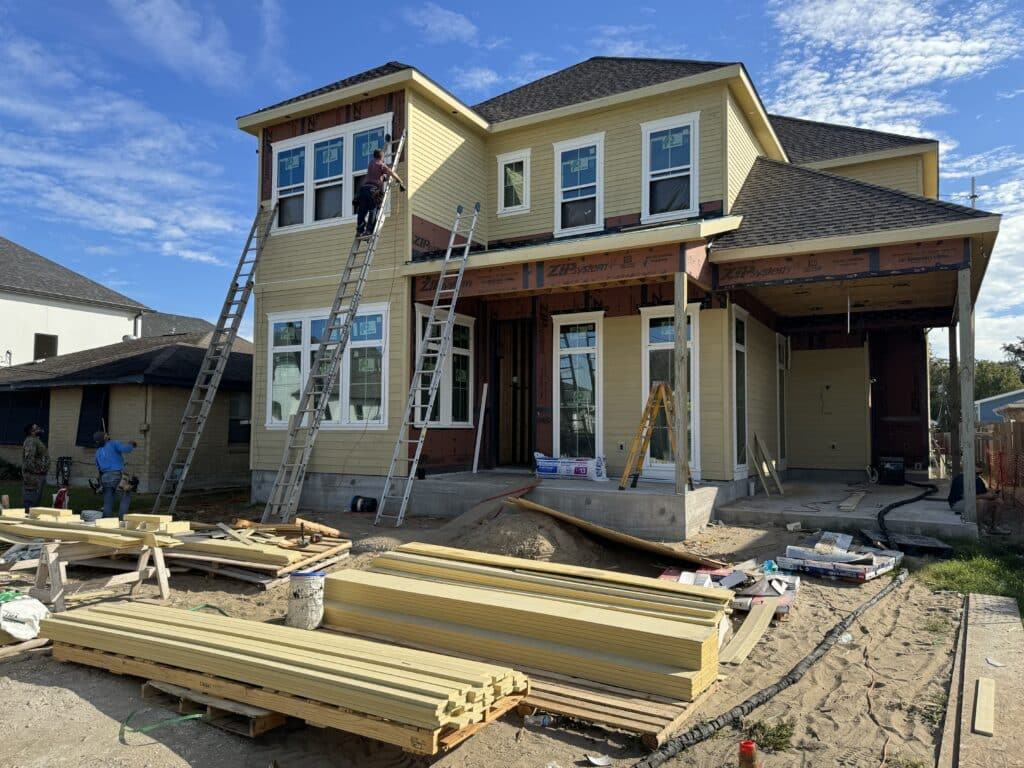In Louisiana’s hot, humid climate, homes constantly face structural and moisture problems—ranging from wood rot and mold to structural shifting caused by hurricanes and seasonal humidity.
This case study explains how Sunlight Contractors, Louisiana’s most licensed and certified spray foam insulation company, used 3.5″-4” of closed-cell spray polyurethane foam (SPF) to strengthen wall and floor assemblies by up to 300% while creating a Class I vapor barrier that permanently blocks moisture, humidity, wood rot, and mold intrusion.
The Challenge: Moisture Damage and Structural Weakness
Homes built with traditional insulation (fiberglass, cellulose, or batt) are vulnerable to both moisture, mold, and wood rot infiltration and structural movement.
- Wind and Lateral Forces: During strong Louisiana storms and hurricanes, high winds cause shearing that pushes walls out of square, creating cracks and structural stress.
- Humidity and Moisture Migration: Warm Gulf air seeps through unsealed crawl spaces and walls, raising wood moisture content to dangerous levels of 20–30%, where mold, termites, and decay thrive due to the stack effect.
- Result: Floors buckle, they cup or swell. fasteners loosen, and walls lose their rigidity—leading too costly long-term damage.
Building Science Behind Structural Reinforcement
What Is Racking Strength?
Racking strength measures how well a wall resists sideways pressure from wind or shifting loads.
According to the National Association of Home Builders (NAHB), closed-cell spray foam can increase wall racking strength up to 300%, far outperforming fiberglass or open-cell insulation.
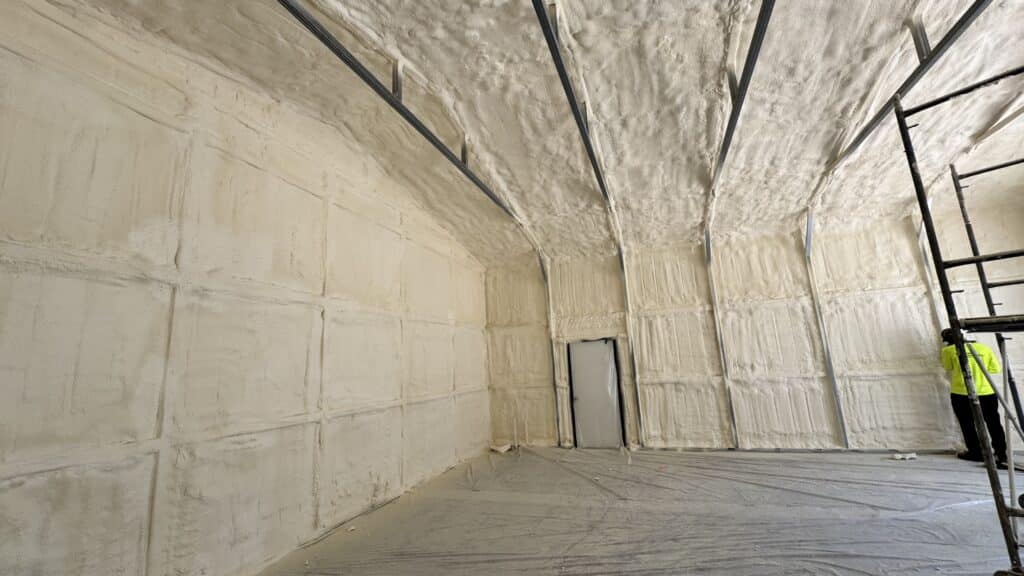
How Closed-Cell Spray Foam Works
When installed within wall or floor cavities, SPF acts as a structural adhesive and air barrier, bonding sheathing and framing into a single, rigid diaphragm.
- Density: ~2 lb./cu. ft., resisting movement or deformation.
- Bonding: Creates a unified, monolithic structure.
- Rigidity: Increases stiffness and resistance to lateral movement.
- Vapor Control: When applied at 3.5″-4” thickness, it achieves a Class I vapor barrier rating (<0.1 perms).
What Is a Class I Vapor Barrier?
A Class I vapor barrier is the highest moisture-resistance classification under the International Building Code (IBC) and ASHRAE.
It means the material is virtually impermeable to water vapor, stopping 100% of moisture diffusion through walls, subfloors, and ceilings.
Why It Matters in Louisiana
In Louisiana’s humid zone (Climate Zone 2A), vapor drive from the outside air constantly tries to enter cooler, conditioned indoor spaces.
A Class I vapor barrier—like 3.5”-4 ” of closed-cell SPF—stops condensation, prevents mold, and protects the structural integrity of wood framing year-round.
Benefits include:
- Prevents floor cupping, buckling, and drywall cracking
- Stops mold and fungal growth
- Blocks termite activity by eliminating humidity sources
- Stabilizes indoor comfort and energy performance
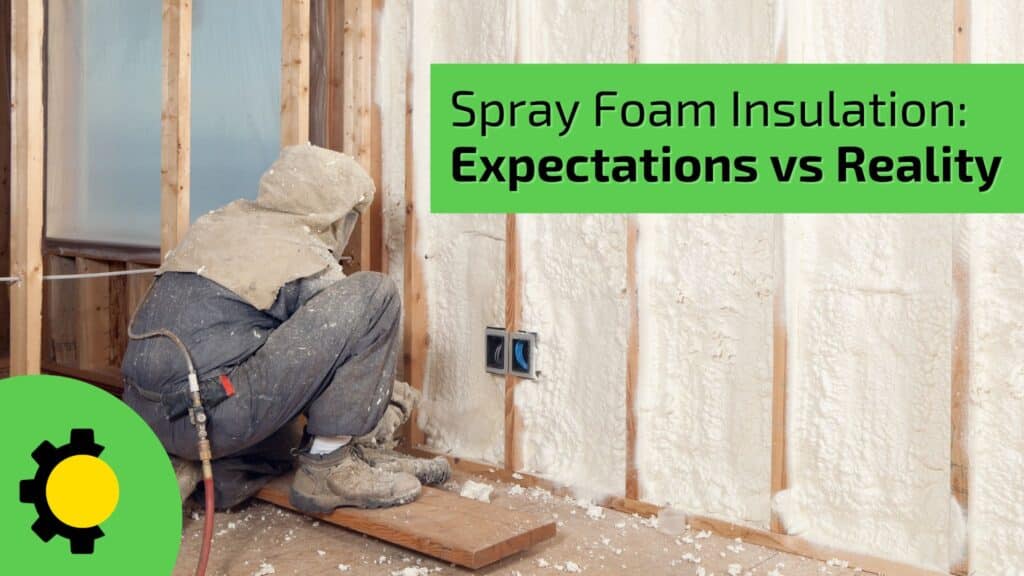
Proven Results: Racking Tests and Structural Performance
Independent testing by the NAHB Research Center and The Society of the Plastics Industry (1992–1996) confirmed:
- SPF walls deformed less and absorbed higher loads before failure.
- Control walls (fiberglass or batt) showed early flexing and displacement.
- SPF maintained shape and integrity through repeated wind-load cycles.
This proves that closed-cell SPF isn’t just insulation, it’s a structural upgrade that enhances both strength and building longevity.
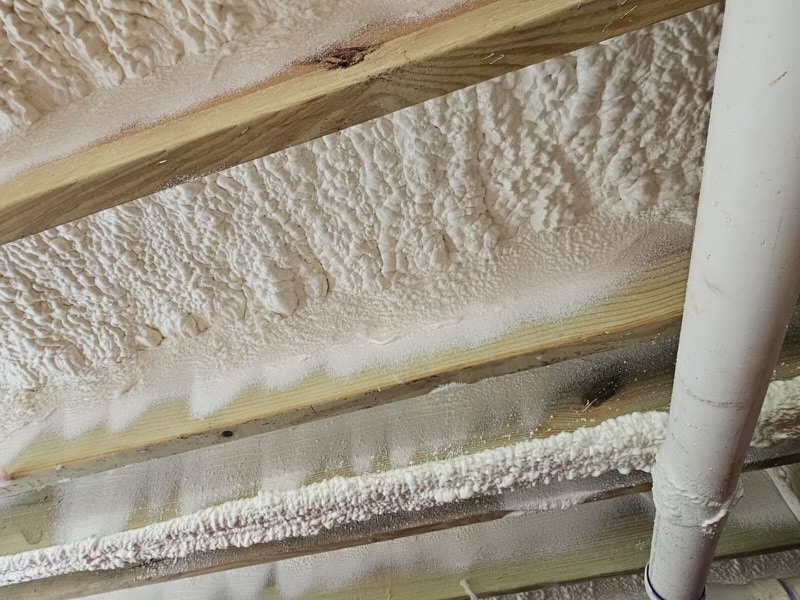
The Stack Effect & Moisture Equilibrium
Without proper encapsulation, the stack effect draws humid air upward from crawl spaces through wall cavities, feeding mold and rot.
Wood equilibrium moisture content (EMC) rises above 20–30%, destabilizing framing and flooring.
By applying 3.5″-4” of closed-cell spray foam, Sunlight Contractors stops vapor transmission completely—keeping wood stabilized at 8–10% moisture content.
The Sunlight Contractors Gold-Star Process
- Moisture Reduction: Wood framing and subfloor dried to ≤10% moisture verified by calibrated meters.
- Crawlspace Sealing: Heavy-duty vapor barrier installed with Bora-Care treatment for termite prevention.
- Closed-Cell SPF Application: Applied 3.5″-4” on all structural members—subfloor, rim joists, and walls—to achieve Class I vapor barrier performance.
- Verification & Testing:
- Blower Door Testing for air tightness
- FLIR infrared imaging for thermal continuity
- Static Pressure Balancing for HVAC optimization
Results and Measured Performance
| Performance Metric | Before Treatment | After Treatment |
| Wood Moisture Content | 24–30% | 8–10% |
| Wall Racking Strength | Baseline | +300% |
| Air Leakage | Moderate–High | < 1 ACH₅₀ |
| Mold Presence | Active | None detected |
| Indoor Comfort | Unstable | Fully Balanced |
Results and Measured Performance Outcome
The property now resists both moisture intrusion and lateral structural forces, achieving Class I vapor protection and dramatically reducing HVAC energy load—saving thousands of dollars in long-term energy and repair costs.
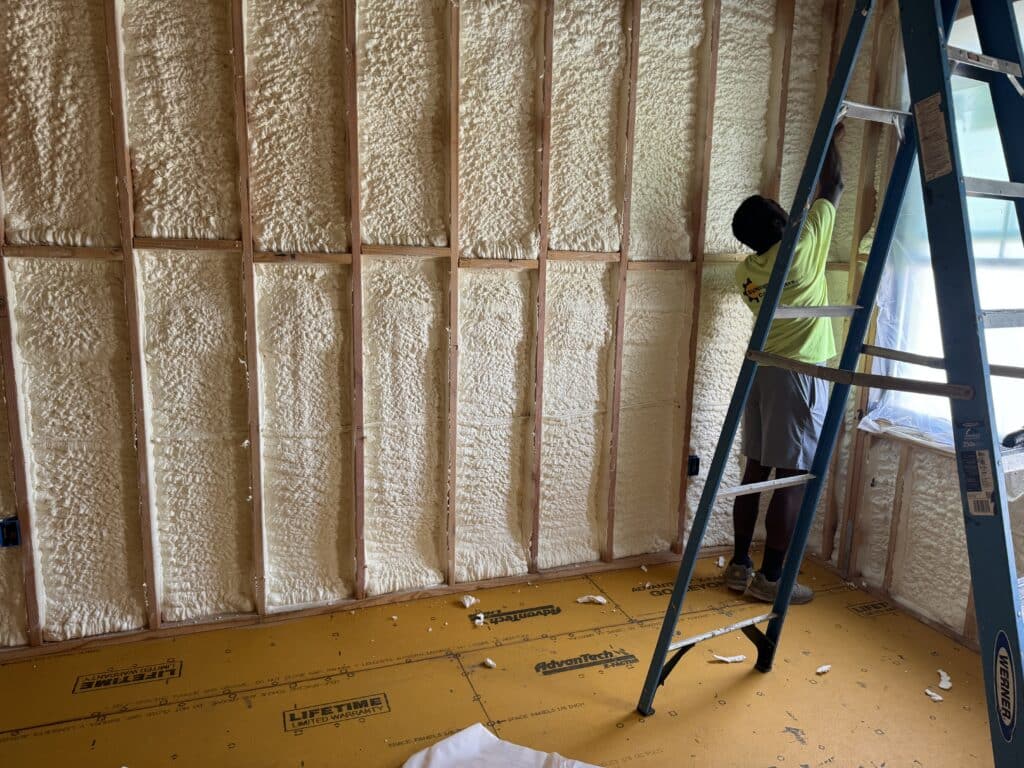
Conclusion
Closed-cell spray foam insulation offers far more than energy savings—it’s a complete moisture, air, and structural defense system.
With NAHB-backed data and multi-licensed execution, Sunlight Contractors delivers permanent solutions for Louisiana homes that are stronger, safer, and more efficient for decades to come.
About Sunlight Contractors
- Licensed Residential, Commercial, HVAC, Electrical, Plumbing, and Mold Remediation Contractor – LSLBC
- Certified in 14 states
- SPFA Master Spray Foam Installer
- BPI Gold Star Contractor
- RESNET Energy Rater
- ABAA Certified Air Barrier Specialist
- GAF Master Elite Roofer
- EPA Lead-Safe Certified
- Fortified Roof Contractor
Sunlight Contractors, LLC
Over 2,100 five-star reviews | 5 Louisiana locations
Building Science That Lasts a Lifetime

